12 Gadgets Ahead of Their Time
A piece of technology doesn't have to be a hit for it to be a milestone. In fact, some of the most important gadgets flopped, as it takes years of refinement for any given product category to resonate with mainstream consumers. For pioneering companies, it's about pointing the way for an industry through innovation and risk taking. Remember the first stab at a smartphone, or the first mass-market digital camera? Did you know the first video call was placed while Lyndon Johnson was in office? Although these 12 gadgets enjoyed various degrees of commercial success, they all should be remembered for being ahead of their time.
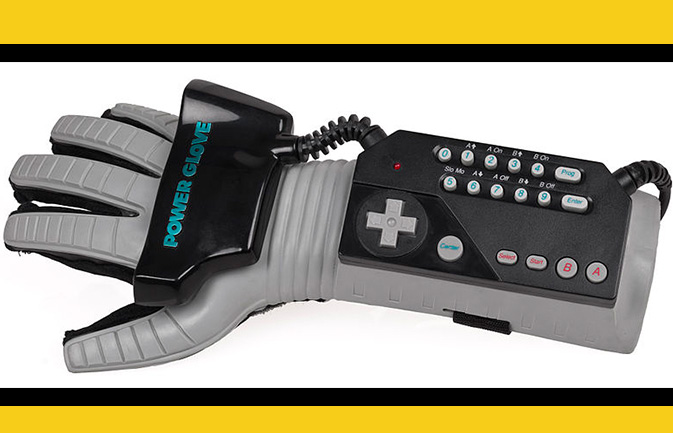
Mattel Power Glove (1989)
Nintendo took gaming in an exciting new direction in 2006 with the Wii and its motion-sensing remote, but the technology didn't exactly come from nowhere. The company likely took inspiration from the failed Mattel Power Glove, which debuted in 1989. This geek-chic accessory was a controller for the Nintendo Entertainment System that used hand gestures for gameplay. Unfortunately, the Power Glove wasn't half as precise as the Wii remote, but it represented an important first step on the path to motion-based gaming. Now, it's the Xbox One's turn to take this category to the next level.
More: 10 Killer Xbox One Launch Games
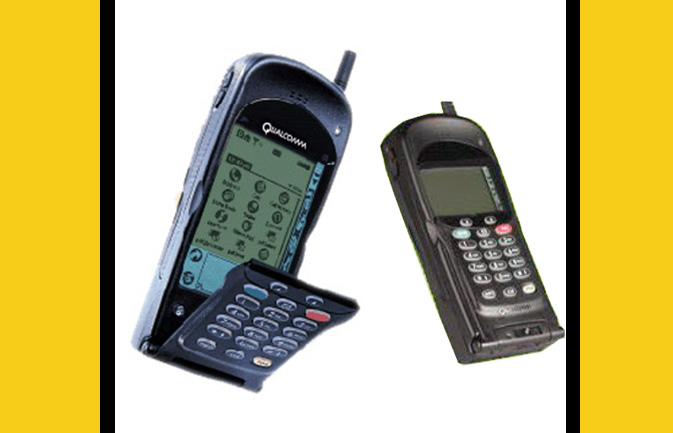
Qualcomm pdQ (1999)
Right as the PDA market was nearing its peak, Qualcomm took the digital versions of peanut butter and chocolate and crammed them together. What was missing from the Palm Pilot was communication, and the pdQ delivered it in a huge 9.8-ounce package. For the first time ever, users could place a call from the Palm Address Book (a big deal back then), and APIs gave third-party developers access to the pdQ's features. The $799 price was quite high, as was the 1.3-inch profile, but this ambitious hybrid blazed a trail for an entire industry.
More: Best Smartphones 2013
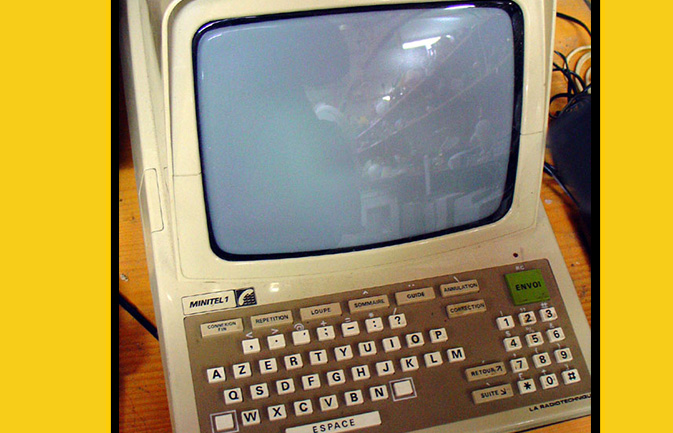
The Minitel (1982)
Yes, the French are known for great wines, but they should get more credit for being tech pioneers. Deployed in 1982, the Minitel 1 allowed users to make purchases, read newspapers, exchange digital messages and more using an online network that predated the real Internet. By the mid-1990s, nearly half of the French population (25 million) was using the 9 million Minitel devices in circulation. Although telecommunications provider PTT — and later, France Telecom — were unable to export the service, in a way, the Minitel 1 was the world's first Internet appliance.
More: Best Tablets 2013
Stay in the know with Laptop Mag
Get our in-depth reviews, helpful tips, great deals, and the biggest news stories delivered to your inbox.
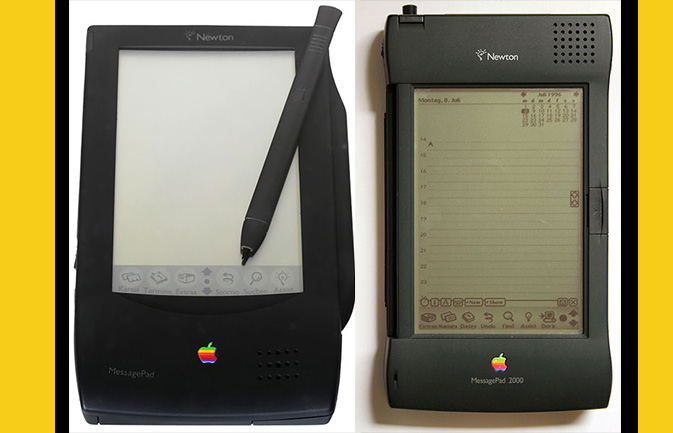
Apple Newton (1993)
A lot of tech pundits call the Apple Newton a flop. Even "The Simpsons" poked fun at this pen-enabled gadget's inaccurate Calligrapher handwriting recognition. But this 0.9-lb. personal digital assistant paved the way for PDAs like the Palm Pilot. The original $700 Apple MessagePad 100 featured a 20-MHz ARM 610 RISC processor, 40 MB of ROM and a 336 x 240-pixel pressure-sensitive display for use with the included stylus. Bundled apps included Notes, Names, Dates, as well as a calculator and currency converter. By 1998, the Newton simply didn't have enough legs to stay competitive in the market, but the effort wasn't for naught. The company that created the OS for the original iPod was founded by two ex-Apple Newton developers.
More: iPhone 5S: Why We Love (and Hate) Apple Products
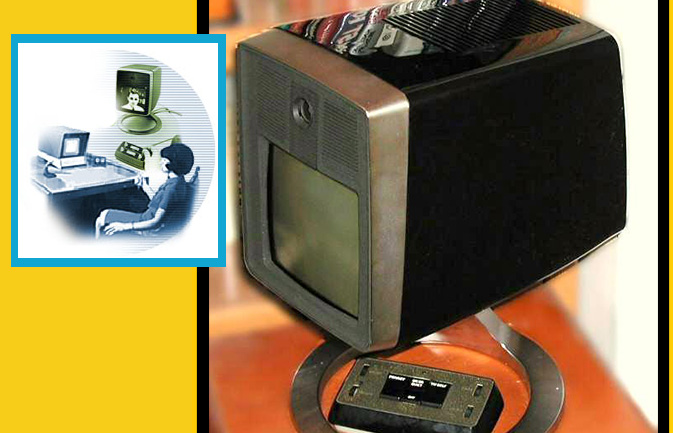
AT&T Picturephone (1964)
Making its debut at the New York World's Fair in 1964, the AT&T Picturephone enabled the first transcontinental video call between that venue and Disneyland. The Mod 1 was the first Picturephone on display, which packed a Plumbicon camera and a small CRT display within its oval housing. Similar to today's laptop webcams, the Picturephone's camera was located atop the screen in order to help users see eye to eye. Six years later, AT&T rolled out Picturephones commercially in Pittsburgh, but the units proved to be too bulky and pricey. It wouldn't be until much later, with the advent of services like Skype (for the desktop) and FaceTime (for the iPhone and iPad) that video calling would go mainstream.
More: Best Smartphones 2013
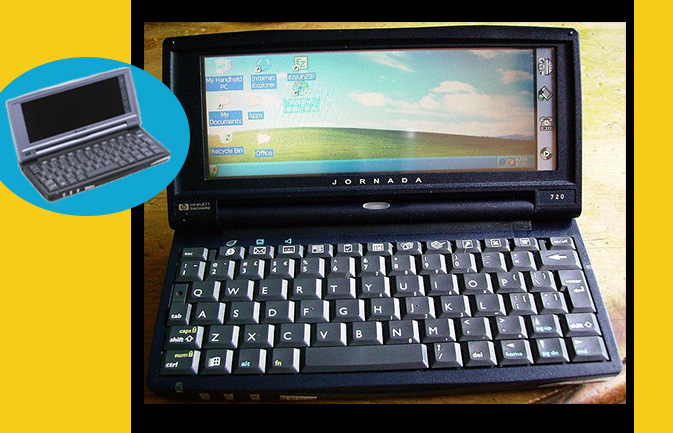
HP Jornada 720 (2001)
Long before netbooks hit the mobile computing scene, the Jornada 720 gave road warriors a combination between a PDA and a mini laptop that they could take anywhere. This 1.1-lb. device ran Microsoft's Windows Handheld PC 2000 OS, based on the same Windows CE software that powered Pocket PCs (remember those?). Pocket versions of Word, Excel and PowerPoint were onboard for productivity, along with a keyboard three-quarters the size of a normal one. The Jornada 720's 6.5-inch touch screen (640 x 240 pixels) was pretty sharp for the time, and the 206-MHz ARM processor was zippy enough for everyday tasks. Alas, you needed to buy a Type II PC Card to get wireless connectivity — after all, this was before the Wi-Fi era — but overall, the 720 pointed the way toward today's instant-on Ultrabooks.
More: Top 10 Ultrabooks
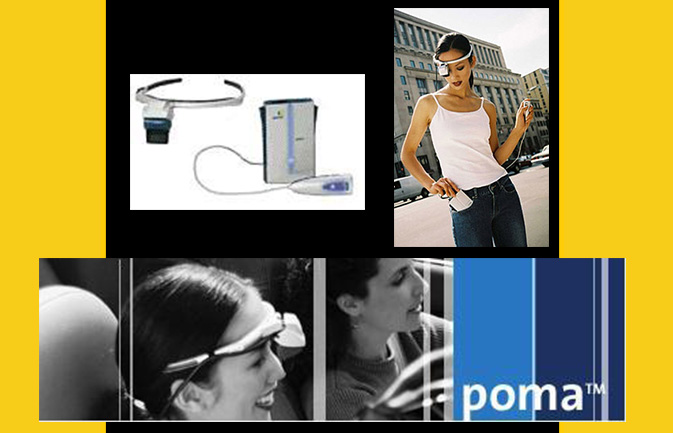
Xybernaut Poma Wearable PC (2002)
In January 2002, a writer for ZDNet said it was "almost time for wearable computing." His supposed proof? The Xybernaut Poma Wearable PC, a $1,500 contraption that consisted of a 10.9-ounce Windows CE device (and bundled with pocket versions of Internet Explorer, Outlook, Windows Media Player and Word), an optical mouse and a color display mounted on a headband that let you view 800 x 600 images on the go. There were just way too many pieces to the Poma puzzle for it to take off. Now that more than a decade has passed, all you need is a smartphone paired with a heads-up display like Google Glass or a smartwatch to tap into wearable computing's potential.
More: Top 10 Features of Google Glass
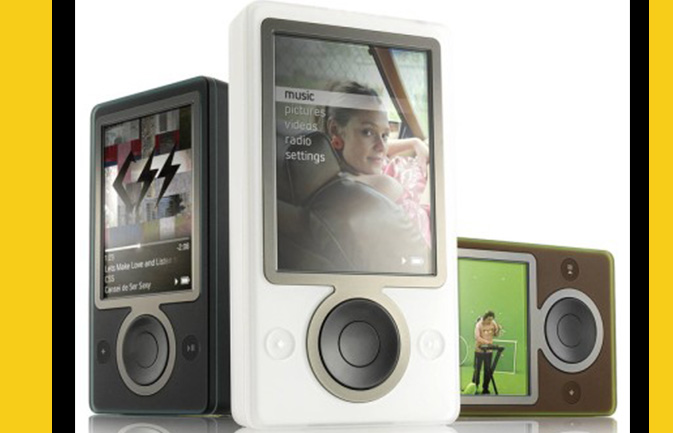
Microsoft Zune (2006)
A good six years before Samsung Galaxy S3 owners could share files by tapping devices together, Microsoft let music lovers swap songs over Wi-Fi with the original Zune. Microsoft's answer to the iPod was, indeed, ahead of its time. Unfortunately, this innovative form of social networking made the record labels so nervous that Zune owners could play a shared track just three times before it disappeared. Although the iPod touch would later crush the Zune franchise, the player's slick interface inspired the look and feel of both Windows Phone and, later, Windows 8.
More: iPhone 6 Features: What We Want From Apple
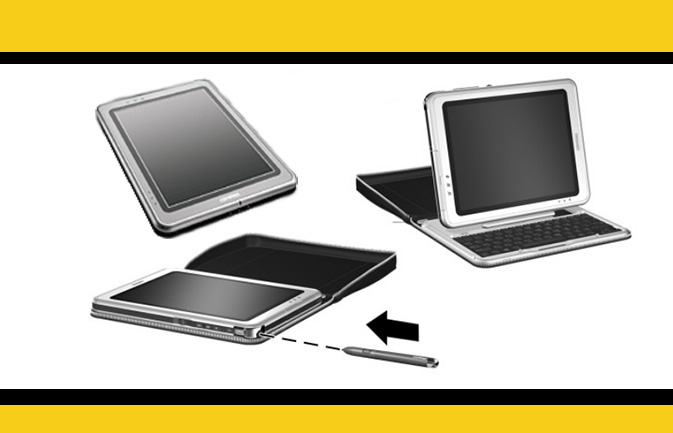
HP Compaq Tablet PC TC1000 (2002)
Today, 2-in-1 detachable designs are all the rage in PCs as Intel and its partners attempt to deliver the best of both worlds. But way back in 2002, HP was one of the first to offer a convertible tablet design in the Tablet PC TC1000. For a fairly steep $tk, this 10.4-inch device featured an innovative swivel design, digital pen and a keyboard dock. The slate portion of the TC1000 weighed 3 lbs., and the combo weighed 4 lbs. While the Transmeta processor was sluggish, HP would later follow up with a zippier Pentium M chip. What was missing was an OS optimized for tablet use. The touch-friendly Windows 8 software is much better at juggling work and play than Windows XP Tablet PC Edition.
More: Top 8 Windows Tablet-Laptop Hybrids
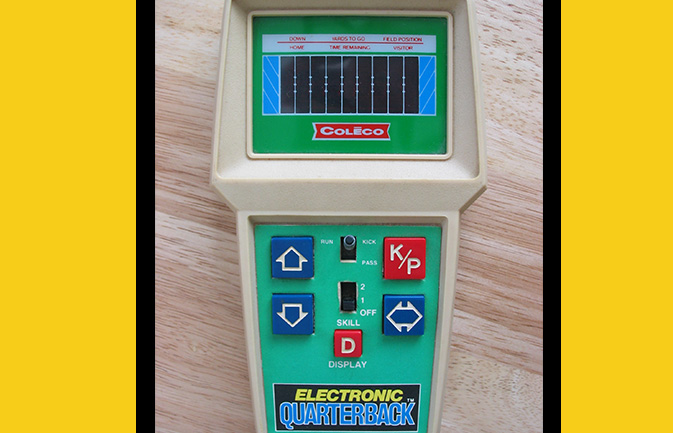
Electronic Quarterback (1978)
I'm proud to admit I owned one of the first-ever handheld gaming devices when I was a kid. Electronic Quarterback, made by Coleco, was awesomely addictive. This very simple diversion consisted of a series of lines on the screen representing players that you moved with thick buttons. There was also a physical switch for toggling between kick and pass modes. The original Nintendo Game Boy (which was obviously more versatile) wouldn't debut until 12 years later, and now, the mobile gaming industry (led by smartphones) is expected to rake in $8 billion this year. Believe it or not, Electronic Quarterback is available on the Google Play store — in case you're willing to spend a buck to reminisce.
More: Top 12 Android Games
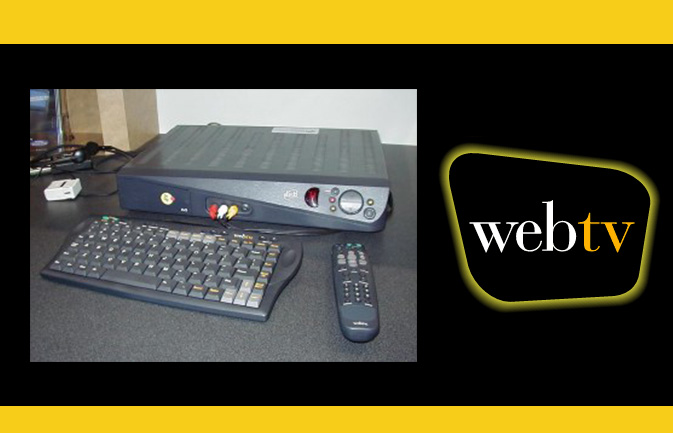
WebTV (1996)
In 2013, smart TVs with built-in Internet connections are commonplace, but in 1996, it was a very brave new world. In fact, it was so brave that startup WebTV used a dial-up connection for its set-top box, which let consumers access the Web, email and more from the comfort of their sofas. The price of admission? $349 for the Sony version, and $329 for the Philips model. The wireless keyboard cost $50 extra. Microsoft swooped in the following year to scoop up WebTV for a hefty $425 million, later rebranding the service as MSN TV in 2001, but consumers still weren't biting. With the Xbox One upon us, which integrates live TV with gameplay and taps into a wealth of streaming services (and even a browser), the WebTV dream lives on.
More: 10 Best TV Apps
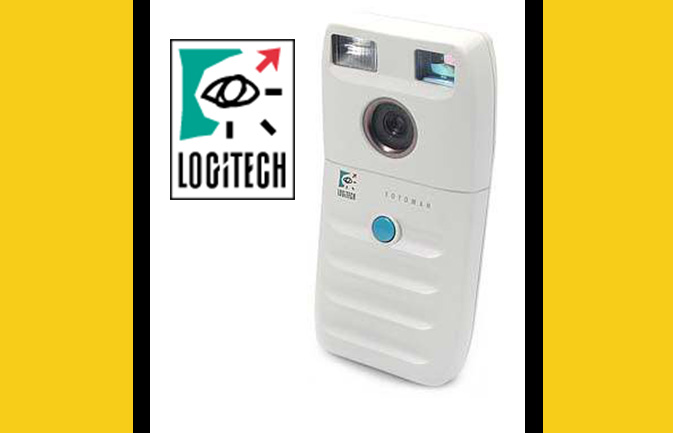
Logitech Fotoman (1990)
The first truly digital camera wasn't made by Canon, Nikon or Olympus, but a company best known for its computer mice. The Logitech Fotoman (also known as the Dycam Model 1), shot in lowly 320 x 240-pixel resolution in black and white, but you could store 32 shots to the 1MB of internal memory. For $980, you could be the first on your block to avoid developing film. Mind you, the Fotoman didn't have a built-in LCD like today's digicams; you had to plug it into a PC via a serial port to view the photos. Today, most consumers use smartphones — rather than digital point-and-shoots — to take and share pictures on the go, but innovations like the Fotoman made this evolution possible.

